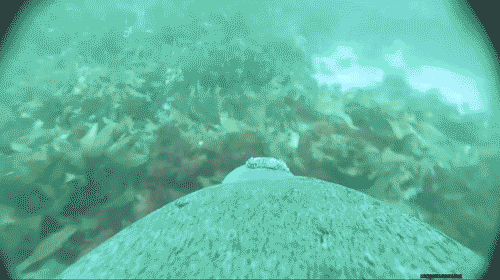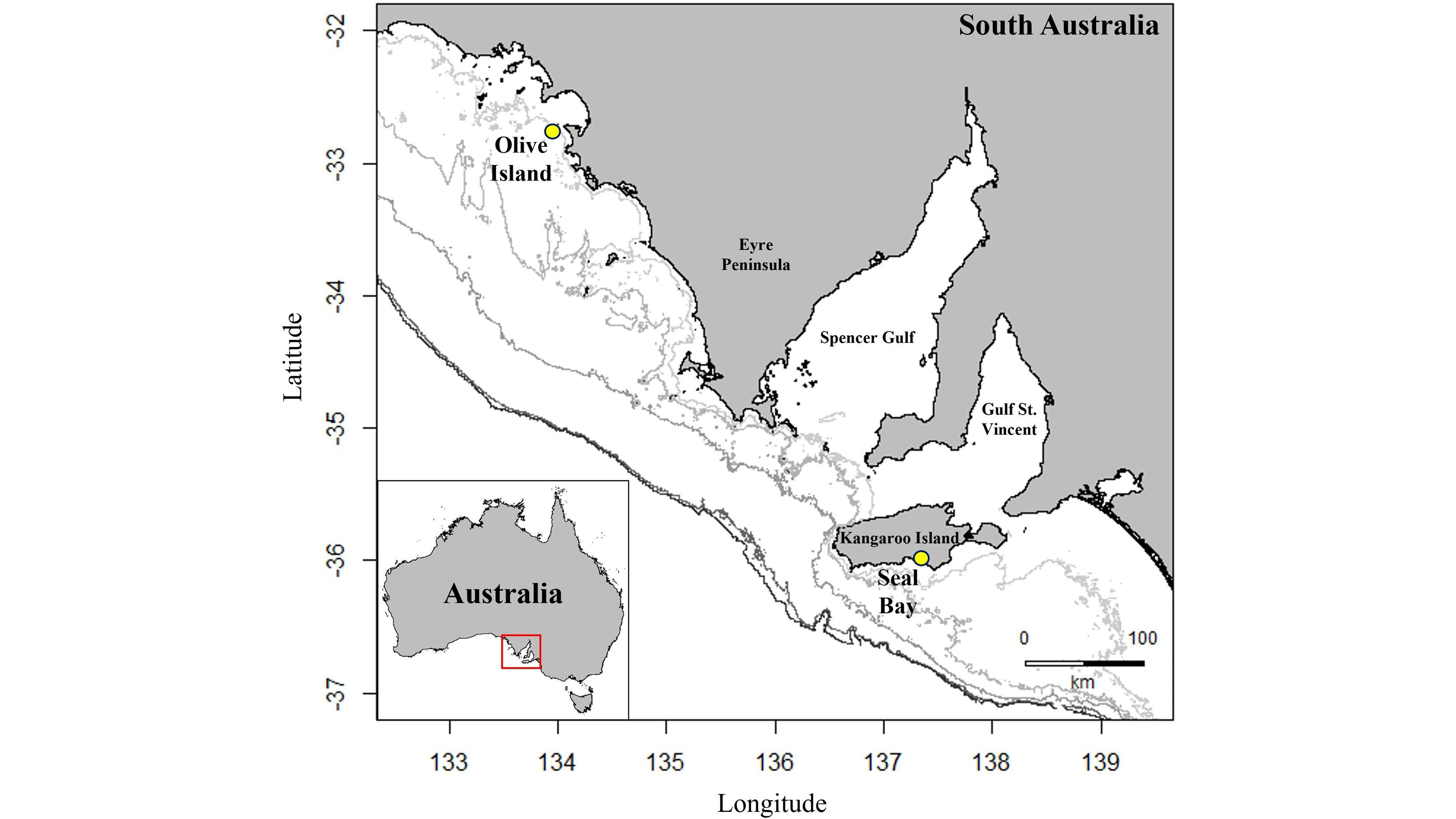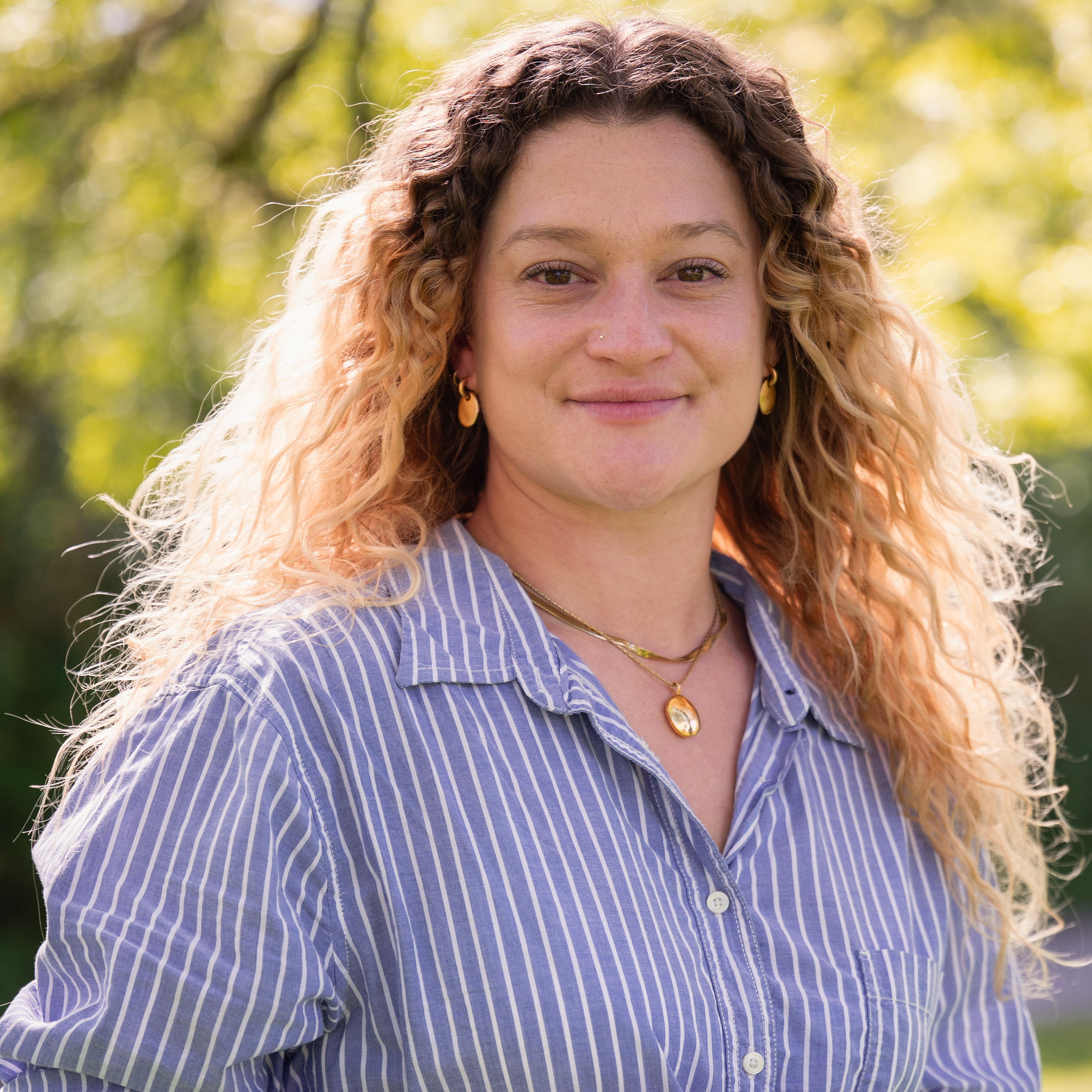Scientists attach cameras to sea lions for conservation, create "best slow TV ever"
Cameras have been mounted to sea lions to monitor their behavior, accidentally creating the "best slow TV ever"

Many quirky ideas have come out of Australia, and now Professor Simon Goldsworthy has come up with the novel idea of attaching cameras and satellites to the backs of Australian sea lions.
Proving that humans can not only live in harmony with nature, but actually work with the natural world to help conserve it, the aim is to gather essential information about the behavior of Australia's only endemic seal – as well as mapping the ocean floor of their habitat, highlighting threats and changes.
"Information has been so elusive, because they're feeding at the bottom of the sea," said Goldsworthy, who has been studying the mammals with the South Australian Research and Development Institute for 25 years.
Australian sea lion numbers have plummeted by 60% over the last 40 years, leaving only 10,000 left in the wild, thinly distributed over 80 breeding sites along the south and west coastline.
After intensive hunting up until the 20th Century, commercial fishing techniques have left the mammals vulnerable. Calling the cameras a "game changer", Goldsworthy added:
"Now we get this amazing, exquisite detail. They're giving us a window into their world that we haven’t had before.
"Just like humans know our streets, the sea lions know the sea bed in intimate detail for hundreds of kilometres and they build up this knowledge over time. They have a mental map of their environment and they are leading you to places of profound significance for them."
Get the Digital Camera World Newsletter
The best camera deals, reviews, product advice, and unmissable photography news, direct to your inbox!
This research is part of many attempts throughout the world to employ camera technology to aid in conservation. Recently a study revealed that the world needs more trail cameras in more places, and rangers in Tanzania are being taught how to use camera traps to help the country's wildlife.
With the help of 8 females from a pair of seal colonies, roughly 90 hours of footage has been filmed across an area of more than 310 miles / 500 kilometers, aiding scientists in mapping an area of more than 1,930 square miles / 5,000 square kilometers. The seals have filmed rocky reefs and seagrass fields, highlighting the intricacies of their vital habitats to scientists.
This process, when done without the animals' help, is laborious and expensive, involving towing cameras behind boats,or leaving expensive cameras underwater – both of which are at the mercy of the changeable weather.
Scientists needed to trial the cameras by darting the sea lions with a short-acting sedative, and sticking the cameras to a piece of fabric attached to their fur with resin, that will naturally fall off when the animals next moult.
One discovery highlighted by Goldsworthy was when a mother with a camera attached took her pup out for a hunting lesson, clearly showing it the best places and techniques to find food.
The team has also discovered that individual seals have specific favorite foods, with some preferring cod while others go for octopus, sting rays or cuttlefish. Different seals also have preferred methods of hunting, either digging out prey by unearthing it from rocks with their noses or flippers.
The ground breaking research is funded by the Australian government's National Environmental Science Program and the Ecological Society of Australia. You can read more information in the official research paper, Using sea lion-borne video to map diverse benthic habitats in southern Australia.

You might be interested in the best waterproof cameras, along with the best underwater drones.

After graduating from Cardiff University with an Master's Degree in Journalism, Media and Communications Leonie developed a love of photography after taking a year out to travel around the world.
While visiting countries such as Mongolia, Kazakhstan, Bangladesh and Ukraine with her trusty Nikon, Leonie learned how to capture the beauty of these inspiring places, and her photography has accompanied her various freelance travel features.
As well as travel photography Leonie also has a passion for wildlife photography both in the UK and abroad.

